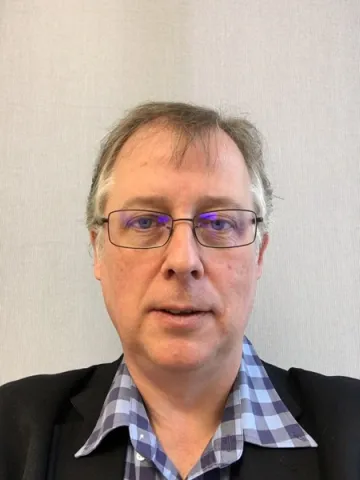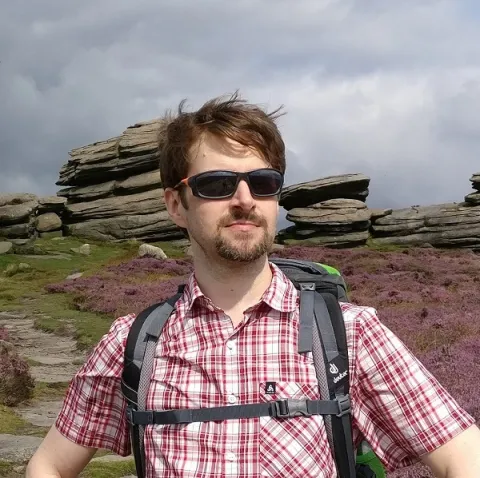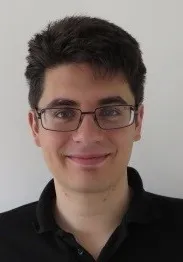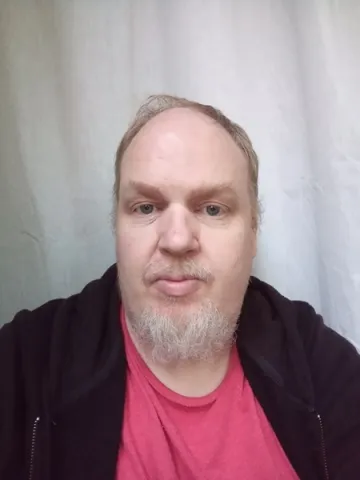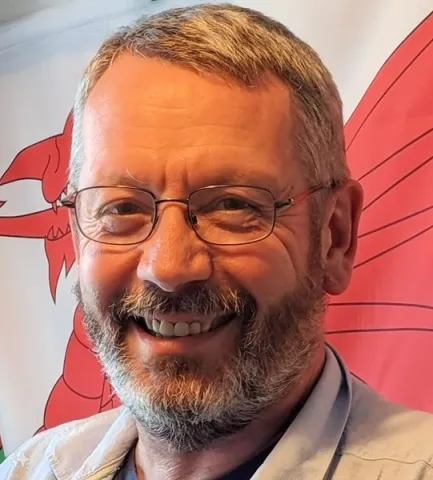Project overview
The ADAPT project is primarily concerned with the development of improved ageing markers in oil, applicable for the assessment of power transformer health. There is an a priori assumption that for paper/oil insulation systems the ageing of primary insulation can be determined through analysis of by-products (furans) within the secondary insulation. This may be true for laboratory experiments where the number of potential variables is minimised, the thermal history of the insulation system is known, and the environment carefully controlled.
In terms of application in the field, this hypothesis is also compounded by results from forensic analysis on decommissioned units, which indicate that the degree of polymerisation of the paper (DP) is far higher than that predicted based on annual or regular measurements of furan concentration in the mineral oil.
Understanding the chemistry of furan formation, and degradation, is a prerequisite to successfully applying these compounds as reliable ageing markers to inform decision making.
In terms of application in the field, this hypothesis is also compounded by results from forensic analysis on decommissioned units, which indicate that the degree of polymerisation of the paper (DP) is far higher than that predicted based on annual or regular measurements of furan concentration in the mineral oil.
Understanding the chemistry of furan formation, and degradation, is a prerequisite to successfully applying these compounds as reliable ageing markers to inform decision making.
